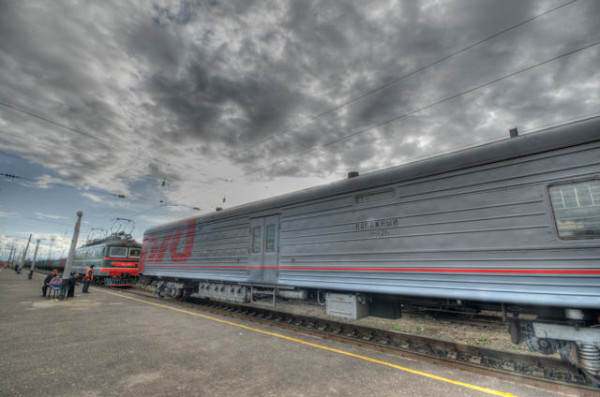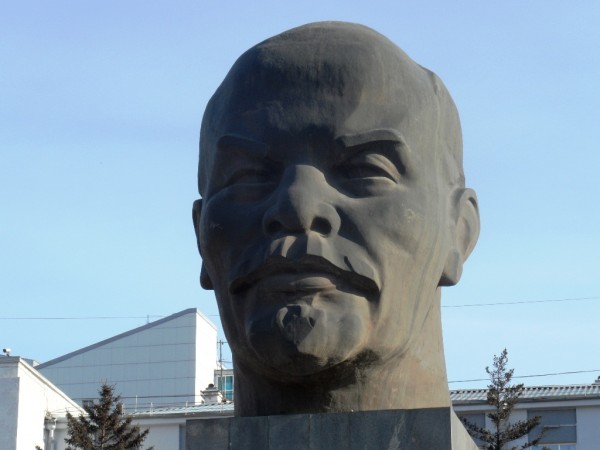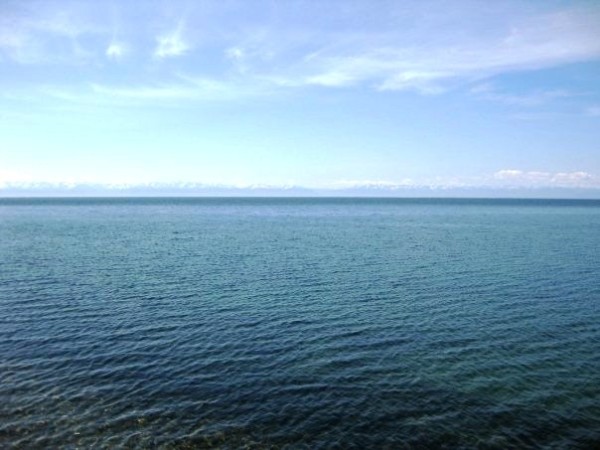
As I wrap up my time in Moscow, I am thrilled to announce plans for the final leg of my Russian journey – the Trans Siberian Railway.
In a few days, I will hop on a flight from Moscow to Vladivostok – an overnight flight that lasts nearly 9 hours – it will be like flying to Europe all over again!
After a day and a half to explore Vladivostok – the city that has been called the “San Francisco of Russia” – I will start my journey back to Moscow on the Trans-Siberian Railway – the longest railway in the world.
The journey from Vladivostok to Moscow covers 5,753 miles (9,259 9,288 kilometers) and seven time zones.
If completed all at once, it would take up to eight days. While many people start in Moscow and follow branches of the railway into Mongolia or China (routes known as the Trans Manchurian and Trans Mongolian), it is far less common to start in Vladivostok and head back the other way. I like being different.
With the help of my friends at Real Russia, I came up with an itinerary that includes stops in 5 cities between Vladivostok and Moscow. Here are the highlights:

Ulan Ude
After 3 nights and 2 full days on the train (62 ½ hours total), I will arrive in Ulan Ude, where I have about a day and a half to explore. Ulan Ude is a city of about 400,000 people just over 60 miles south of Lake Baikal. It is the capital of the Republic of Buryatia and was closed to foreigners until twenty years ago. One of its quirky attractions is a large bronze bust of Lenin – the largest in the world. Other popular excursions include several Buddhist monasteries (datsany) and Old Believers’ villages on the outskirts of town.
Irkutsk/Lake Baikal
From Ulan Ude, I will take a relatively short overnight train (8 hours) to Irkutsk, where I will stay for 12 days, volunteering with the Great Baikal Trail, a non-profit environmental organization with a mission to promote local sustainable development through low-impact eco-tourism in the area surrounding Lake Baikal. The mission is grounded in building a system of environmentally friendly trails that are safe and enjoyable for hikers of all ages and levels of experience.
I am not sure yet exactly what I will be doing, but it will likely be a mix of writing and/or editing the English version of their website, teaching English to staff or other volunteers, or working on fundraising projects. I am really excited about this opportunity, both because I believe in what GBT is doing and because it combines several of my interests and my background.
While I am in Irkutsk, I also plan to head to Olkhon Island in Lake Baikal to explore for a day or two. Olkhon is the largest island in Lake Baikal and the third largest lake-bound island in the world. It is also considered a very spiritual place and is a sacred shamanist center – its most famous landmark is Shaman’s Rock.

Krasnoyarsk
From Irkutsk, I jump back on the train for about 18 hours to Krasnoyarsk, a city of nearly one million people located on the Yenisey River. Krasnoyarsk is known for its architecture but also for its political history – it was a place to where political exiles were sent during the Russian Empire and it was a center of the gulag system in Stalin’s time. A major attraction is the nearby Stolby Nature Reserve, which is supposed to have some impressive rock formations. Weather permitting, I hope to check that out.
Yekaterinburg
After about a day and a half in Krasnoyarsk, I will begin my second longest leg after the initial Vladivostok-Ulan Ude jaunt – a 34 hour ride to Yekaterinburg. As I have mentioned elsewhere, Yekaterinburg is a must-see for me as the place where the last of the Russian tsars, Nicholas II, and his family were murdered during the Russian Revolution. Today it is a city of nearly 1.4 million people, located just east of the Ural Mountains, which mark the border between Europe and Asia. It is also a center for both theater and rock music in Russia and boasts more than 30 museums. Hockey fans – Yekaterinburg is also the home of NHL goalie Nikolai Khabibulin.
Kazan
After 3 full days in Yekaterinburg, I depart on an overnight train to Kazan (15 hours), my last stop before reaching Moscow. With a population of over one million people, Kazan is the capital of the Republic of Tatarstan and its Kremlin is a UNESCO World Heritage site. Founded in the year 1005, it also has a fascinating history, including a siege by Ivan the Terrible in which most of its residents were massacred. Today, it is considered the sports capital of Russia and will host the FIFA World Cup in 2018.
Finally, I will take one last overnight train back to Moscow to complete my Trans Siberian adventure.
28 days.
7 cities.
5,753 miles.
A big thank you to Real Russia, who not only provided amazing service and advice as I went through the process to obtain my Russian visa, but have generously assisted with train tickets for this Trans-Siberian journey. I highly recommend both their visa and travel services (the links above are affiliate links so I will earn a portion of the proceeds from referrals from this site).
Top photo courtesy of Michael Hodson; other photos by Taryn Jones.
